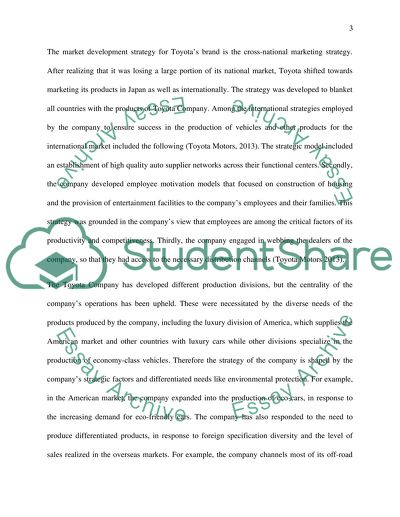Report of Toyota moto corporation-international strategy Case Study. Retrieved from https://studentshare.org/marketing/1471438-report-of-toyota-moto-corporation-international
Report of Toyota Moto Corporation-International Strategy Case Study. https://studentshare.org/marketing/1471438-report-of-toyota-moto-corporation-international.


